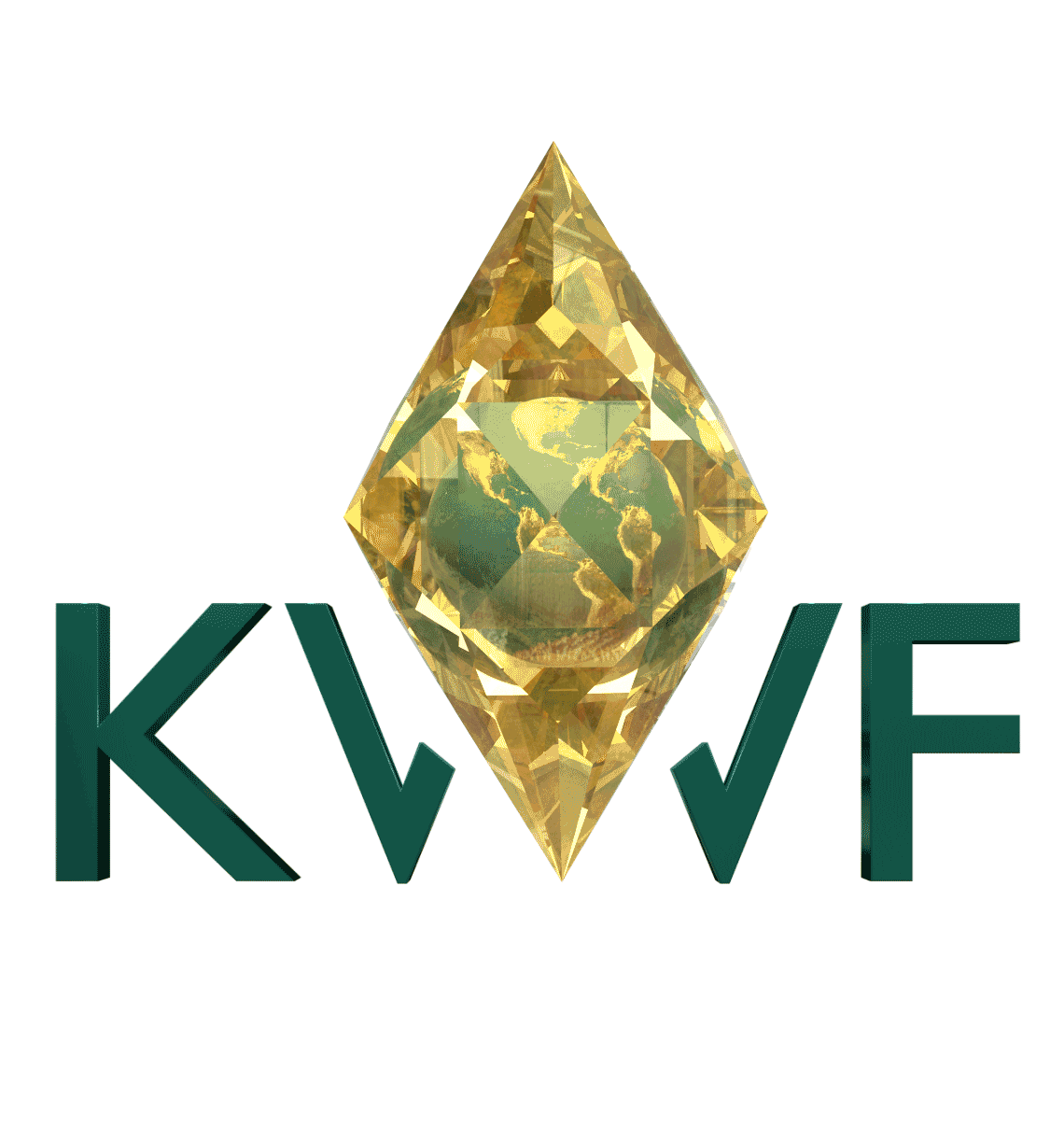


TECHNOLOGY ASSISTED COUNTER POACHING NETWORK
The Power of Collaboration and Innovation
Kashmir Robotics, the pioneering science and technology division of Kashmir World Foundation, has assumed leadership of the Technology Assisted Counter-Poaching (TACP) Network. With this role, Kashmir Robotics ensures that promising concepts benefit from cutting-edge science and engineering expertise.
Specializing in the development and integration of mission-oriented unmanned aerial systems (UASs) equipped with artificial intelligence, Kashmir Robotics delivers advanced solutions for wildlife conservation and anti-poaching efforts. Our UASs can process data onboard, making them exceptionally effective tools.
Established in 1991, the TACP Network was originally formed to provide technical guidance to global organizations dedicated to protecting endangered species and wildlife. Comprising scientists, engineers, researchers, and conservationists with extensive experience, the network employs sensors, communications, computational technologies, and integrated robotic systems—including unmanned aircraft and ground systems—to combat poaching and wildlife trafficking.
Counter-Poaching
Start Small, Think Big, Act Now
As dusk descends on the Kruger National Park in South Africa, a family of black rhinos move quietly away from the water hole toward a resting place in the bush. They are among the last of their kind, the species having been hunted to near extinction, and this evening, they are not alone. A group of men have entered Kruger from neighboring Mozambique. They come from a poor village, but they are carrying expensive weapons. Two men carry AK-47 assault rifles to shoot park rangers, one carries a high-caliber rifle to shoot rhinos, and one carries an ax to cut off the horn of a dying animal.
Traffickers in the criminal network paid a good price for the equipment and information, but it will be well worth the effort if they are able to kill a rhino. The horn is one of the most valuable materials on Earth, worth more than six times the value of gold on the streets of Vietnam and China, where it is believed to have great medicinal power. Criminal networks profit from that superstition, while environmentalists race to educate potential consumers about the fallacy of rhino horn medicine.
The horns are made from a material called keratin, which is about the same as human fingernails. In fact, simply eating your own nails would provide more keratin than a typical dose of rhino horn. Perhaps in a few generations, the demand for rhino horn will decrease, but unless the poaching ends, the rhinos will be gone in just a few years. Stopping the poachers has been a losing proposition. In Kruger National Park, which is 7,580 square miles (a little smaller than the state of New Jersey), poachers have been relatively free to operate despite the constant presence of rangers on foot and in-ground vehicles. Poachers are supported by a modern and well-funded intelligence network that includes human sources, signal intercepts, and aerial surveillance.

